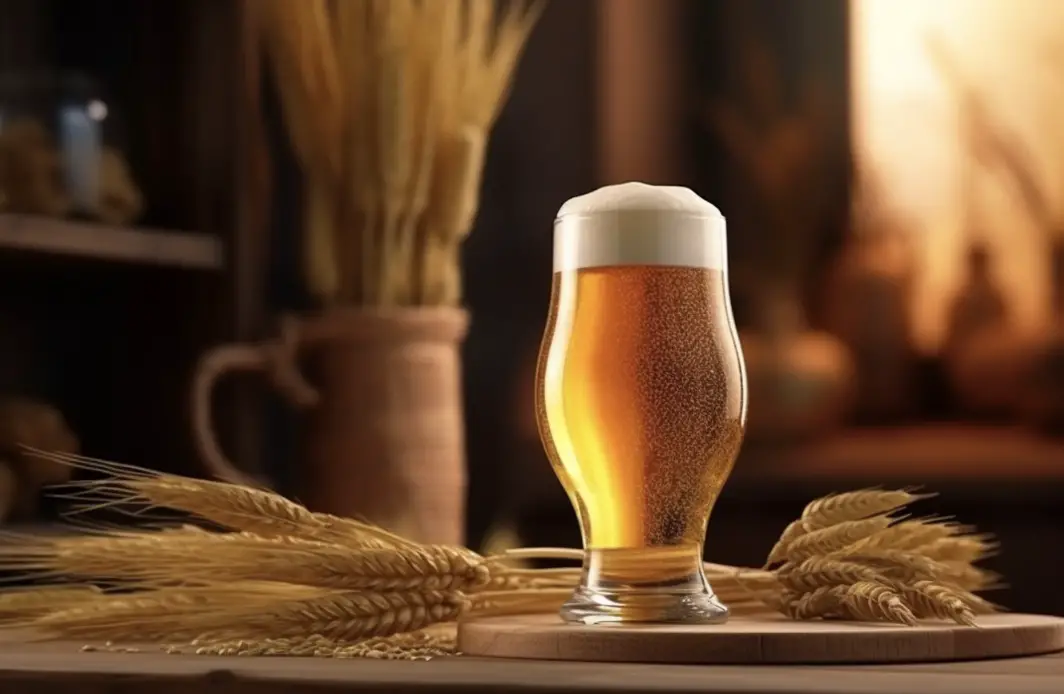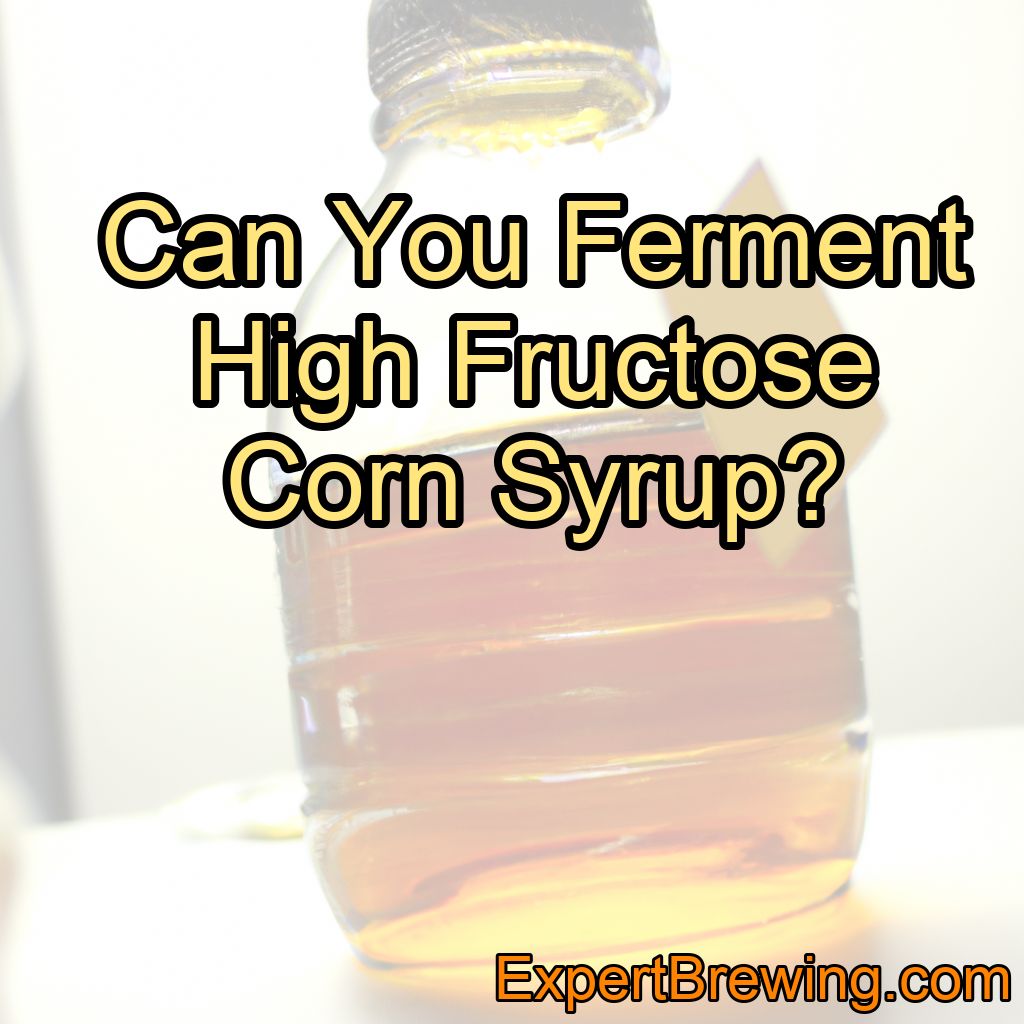Wine has been a staple for celebrations and social gatherings for centuries. With the advent of modern technology and innovations, people are always looking for new and exciting ways to enjoy their favorite libations. One such innovation that has recently caught the attention of many wine enthusiasts is helium infused wine. But, what exactly is helium infused wine?
Helium infused wine is a type of wine that has been infused with helium gas, which causes the wine to become fizzy and light, producing a unique drinking experience.
In this blog post, we will delve deep into the world of helium infused wine, discussing its history, the science behind it, the process of making it, its taste and effects, as well as some personal experiences with this fascinating beverage.
The History of Helium Infused Wine
1. Early Beginnings
The concept of infusing beverages with gas dates back to the 18th century when Englishman Joseph Priestley discovered a method to carbonate water, which eventually led to the creation of the first carbonated soft drinks. However, the idea of infusing wine with gas didn’t come into the picture until much later.
2. The Rise of Sparkling Wines
The first sparkling wines were created in the 17th century in France, with Champagne being the most famous example. These wines were made using a second fermentation process, which naturally produced carbon dioxide gas, giving the wines their characteristic fizziness. While not infused with helium, this early experimentation with gas-infused beverages set the stage for future innovations.
3. The Introduction of Helium Infused Wine
Helium infused wine is a relatively new phenomenon that has emerged within the last decade. The idea to infuse wine with helium came from the desire to create a unique and novel drinking experience, while also capitalizing on the popularity of helium-infused beverages like helium beer.
The Science Behind Helium Infused Wine
1. Helium Gas
Helium is a colorless, odorless, tasteless, and non-toxic gas that is lighter than air. It is an inert gas, meaning it does not readily react with other substances. Its most well-known use is in filling balloons, as its lighter-than-air quality allows them to float.
2. The Infusion Process
To create helium infused wine, helium gas is introduced into the wine under pressure. This causes the gas to dissolve in the wine, much like carbon dioxide in a carbonated beverage. Once the pressure is released (such as when opening the bottle), the helium comes out of solution in the form of tiny bubbles.
3. The Effects of Helium on Wine
The infusion of helium into wine has several effects on the beverage. First, it creates a fizzy sensation, similar to that of a sparkling wine or champagne. The small helium bubbles also produce a unique mouthfeel, as they cause the wine to become lighter and more effervescent.
The Process of Making Helium Infused Wine
1. Selecting the Wine
The first step in creating helium infused wine is selecting the appropriate wine. While any wine can theoretically be infused with helium, some wines may be better suited for the process than others. Light, fruity wines with lower alcohol content are often preferred, as they allow the unique characteristics of the helium infusion to shine through.
2. Infusing the Wine with Helium
Once the wine has been selected, it is then infused with helium gas. This is typically done using a specialized device called a helium infuser, which is attached to a pressurized helium tank. The wine is placed in the infuser, and the helium gas is introduced under pressure.
3. Bottling the Wine
After the wine has been infused with helium, it must be bottled quickly to maintain the helium content. The wine is transferred to bottles, which are then sealed with airtight corks or caps to prevent the helium from escaping.
The Taste and Effects of Helium Infused Wine
1. The Taste
Helium infused wine has a unique taste that sets it apart from traditional wines. The infusion of helium gives the wine a light, fizzy sensation, similar to that of a sparkling wine or champagne. This effervescence can enhance the fruity flavors of the wine, creating a refreshing and enjoyable drinking experience.
2. The Effects
In addition to the unique taste, helium infused wine also has some interesting effects on the drinker. When consumed, the helium gas is released from the wine in the form of tiny bubbles, which can cause a tingling sensation in the mouth and throat.
Some individuals also report experiencing a slight, temporary change in the pitch of their voice after consuming helium infused wine, due to the helium gas momentarily affecting their vocal cords.
Personal Experiences with Helium Infused Wine
1. A Novel Party Beverage
As an expert brewer, I was intrigued by the idea of helium infused wine and decided to try it at a recent social gathering. The unique taste and fizzy sensation were a hit among my friends, and the wine quickly became the center of attention at the party.
2. An Interesting Experiment
After my initial experience with helium infused wine, I decided to try my hand at making my own. While the process was somewhat involved, the end result was a delightful, one-of-a-kind beverage that I shared with friends and family.
Conclusion
In conclusion, helium infused wine is a fascinating and innovative beverage that offers a unique drinking experience. With its fizzy, light sensation and interesting effects on the drinker, it is sure to be a conversation starter at any social gathering.
Here are 10 facts about helium infused wine to take away:
1. Helium infused wine is created by infusing wine with helium gas.
2. The infusion of helium gives the wine a fizzy, effervescent sensation.
3. Helium is an inert gas that is lighter than air and non-toxic.
4. The concept of infusing beverages with gas dates back to the 18th century.
5. The first sparkling wines were created in the 17th century, paving the way for gas-infused beverages.
6. Helium infused wine is a relatively new phenomenon that emerged within the last decade.
7. Light, fruity wines with lower alcohol content are often preferred for helium infusion.
8. Helium infused wine is bottled quickly to maintain its helium content.
9. The unique taste and effects of helium infused wine have made it a popular novelty beverage.
10. Making helium infused wine at home is an interesting experiment for wine enthusiasts and amateur brewers alike.
FAQs
What drink changes your voice?
There is no drink that can permanently change your voice, but drinking certain beverages such as alcohol or caffeine can temporarily affect the tone and quality of your voice.
What liquid makes your voice high pitched?
There is no liquid that can make your voice high pitched. The pitch of your voice is determined by the vibration of your vocal cords and the resonance of your vocal tract.
Can you infuse a liquid with helium?
No, it is not possible to infuse a liquid with helium. Helium is a gas at room temperature and pressure, and it cannot be dissolved in a liquid like water or oil. It can only be stored as a compressed gas or liquefied at extremely low temperatures and high pressures.
What should I drink to change my voice?
There is no drink that can change your voice. Your voice is determined by the size and shape of your vocal cords and other structures in your throat, which cannot be altered by drinking any particular beverage.
How do you infuse helium into a liquid?
Helium cannot be infused into a liquid as it remains a gas at room temperature and pressure. However, it can be dissolved into certain liquids under high pressure and low temperature conditions, such as in the production of helium-infused beer.
How can helium turn into a superfluid?
Helium can turn into a superfluid when it is cooled to extremely low temperatures, close to absolute zero. At these temperatures, the helium atoms lose their individual identities and form a single entity known as a Bose-Einstein condensate. This condensate can flow without any friction, giving rise to the superfluid behavior of helium.




